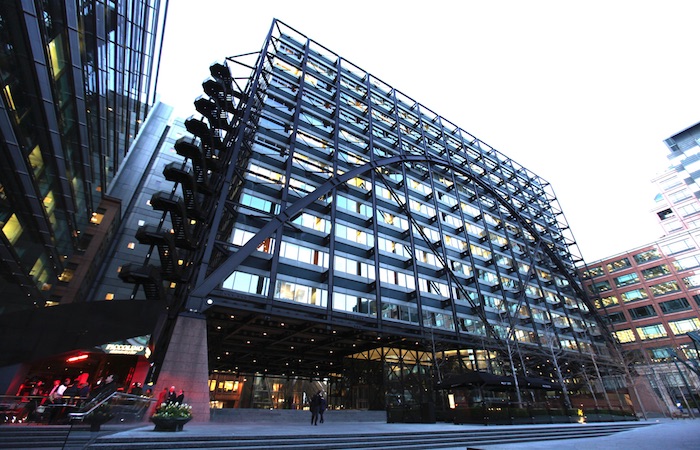
Law firm Herbert Smith Freehills has reported a 19% mean gender pay gap for fixed hourly pay as at 5 April 2017.
The organisation has reported its gender pay gap data in line with the government’s gender pay gap reporting regulations and ahead of the private sector submission deadline of 4 April 2018.
The gender pay gap reporting regulations require organisations with 250 or more employees to publish the difference between both the mean and median hourly rate of pay for male and female full-time employees; the difference between both the mean bonus pay and median bonus pay for male and female employees; the proportions of male and female employees who were awarded bonus pay; and the proportions of male and female full-time employees in the lower, lower middle, upper middle and upper quartile pay bands.
The median gender pay gap for fixed hourly pay is 38.8% as at 5 April 2017.
The mean gender pay gap for bonuses paid in the year to 5 April 2017 is 30%, and the median gender pay gap for bonus pay is 10.4%. Over this period, 77% of female employees received a bonus payment, compared to 71% of male employees.
Less than half (49%) of employees in the highest pay quartile at Herbert Smith Freehills are women, compared to 52% in the second quartile, 68% in the third quartile, and 79% in the lowest pay quartile. In addition, 62% of the organisation’s overall workforce are women, compared with 38% of men.
Herbert Smith Freehills has attributed its gender pay gap to the distribution of men and women within different types of roles. For example, 22% of female employees at the law firm are employed in secretarial roles. The organisation’s additional analysis shows that if secretarial roles are excluded from the gender pay gap reporting, Herbert Smith Freehills’ mean gender pay gap reduces to 8.8%, and its median gender pay gap falls to 13.6%. The law firm further concluded that although its female employees were more likely to receive a bonus than male employees, the bonus payment awarded was more likely to be lower due to the nature of women’s job roles.
The organisation’s 2014 targets included to have 30% of women in its global partnership business by 2019, with an interim 2017 target of 25%. To date, 22.5% of partners globally are women, compared to 17.5% in 2014. The majority of Herbert Smith Freehills’ global practice groups and regions have met the interim target. For the firm’s business services division, the set target was that neither gender would represent more than 60% or fewer than 40% of senior roles. As at 2017, 54% of female employees are in senior business services roles.
To mitigate its gender pay gap, Herbert Smith Freehills will continue to monitor and review its reward processes, as well as work to attract a diverse pool of candidates to all types of job role. The law firm has also reviewed its partner promotions process in order to reduce unconscious bias, adding a new e-learning suite on this subject to ensure all staff and senior leaders recognise unconscious bias.
In addition, the organisation will continue its initiatives focused on targeted career development, coaching, mentoring and sponsorship, as well as continue to operate women’s networks to encourage professional networking and personal development. This includes its women lawyers’ network, women trainee lawyers’ network, and the women in business services network. These groups also support Herbert Smith Freehills’ overall diversity and inclusion strategy.
Benefits such as the organisation’s agile working policy, childcare assistance and maternity coaching are also aimed to help support the reduction of Herbert Smith Freehills’ gender pay gap.
Ian Cox, regional managing partner, UK, US and Europe, Middle East and Africa (EMEA) at Herbert Smith Freehills, said: “We welcome the introduction of gender pay gap reporting as an important contributor to transparency, and we are committed to working to reduce or eliminate any gap that exists.
“We are committed to gender diversity and the attraction, promotion and retention of women across all levels of the firm, and we will continue to ensure we attract a diverse pool of candidates to all types of job roles. As part of our ongoing work to foster gender balance across the firm, we monitor the gender impact of our reward processes, and we run a wide variety of initiatives aimed at helping all our employees reach their full potential. The work we do to support all of our people is aligned with the aims of gender pay legislation. We are committed to continuing and enhancing these activities.”